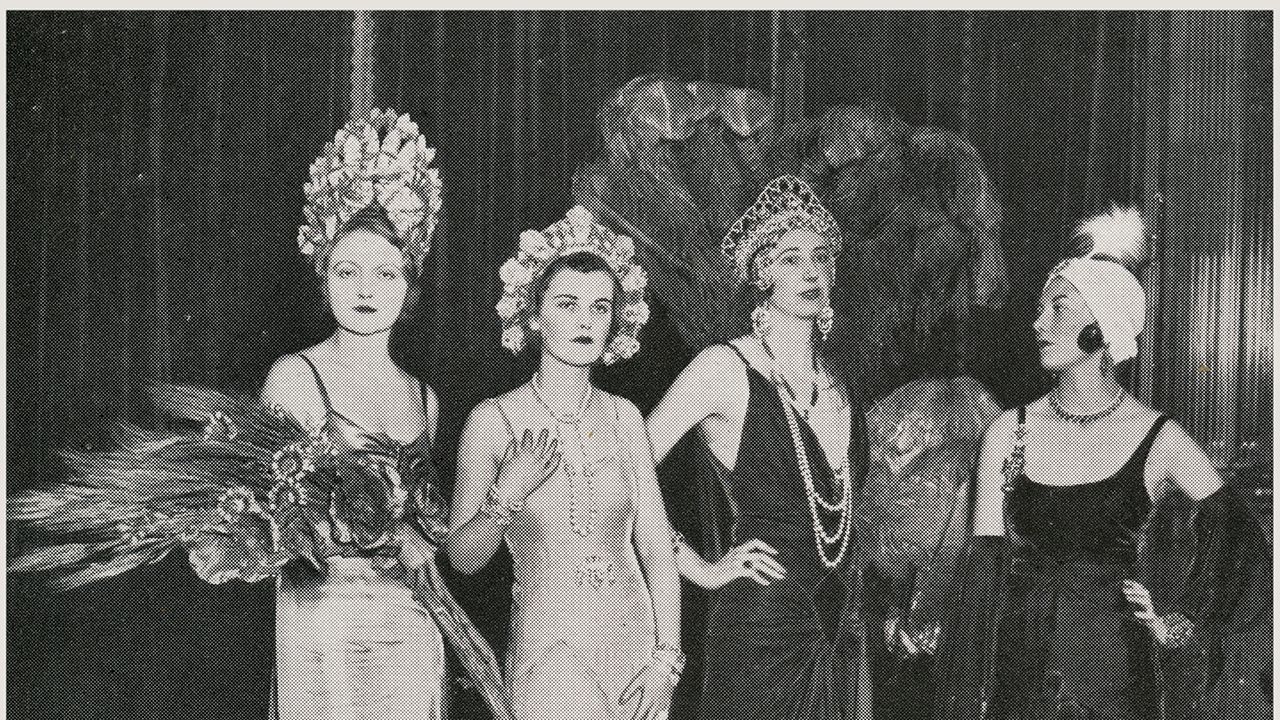They may have looked on with envy at Lady Diana Cooper, the de facto English aristocratic beauty of her day, who scintillated in the plum role of leader of the Diamond group, and whose jewels and south-east Asian style headdress were supplied by the ‘jeweller of kings and king of jewellers’ – Cartier. As the V&A opens its blockbuster Cartier exhibition this week, this ball, ninety-five years ago, was also a dazzling showcase for Cartier’s craft.
Cartier had established its English Art Workshop in 1921, based on the second floor of its 175 New Bond Street address, a conscious decision on the part of Jacques Cartier, the youngest of the three Cartier brothers, who wished to court the British upper crust. By creating jewels at an English workshop, he would attract royal patronage, after which society would follow. Cartier responded directly to the tastes of his London clientele with modern, timeless pieces suitable for society events.
‘Our rings, necklaces and bracelets speak of today and tomorrow,’ he said, ‘they will remain innovative into the future.’ Unlike French and American customers, British upper-class women still wore tiaras for dinners, first nights and balls, and continued to do so until the Second World War, peaking with the ‘Tiaramania’ around the time of the 1937 coronation.
Organised by the National Jewellers’ Association, sixty of society’s most feted faces took part in the Jewels of Empire Ball, in which, ‘beauty glittered for a good cause’, the cause in this case being the Enham Village Centre for Disabled Ex-Servicemen. Chairwoman of this endeavour was Mrs Wilfrid Ashley, whose stepdaughter, Lady Louis Mountbatten, took the role of President. Singer and socialite Olga ‘Oggie’ Lynn, who, according to Cecil Beaton had an incredible, ‘capacity for organising entertainment…and tableaux vivants’ was in charge of the Pageant of Living Jewels, which took place at midnight, headed by the Russian ballerina, Alexandra Danilova as the ‘Spirit of Jewels’.



